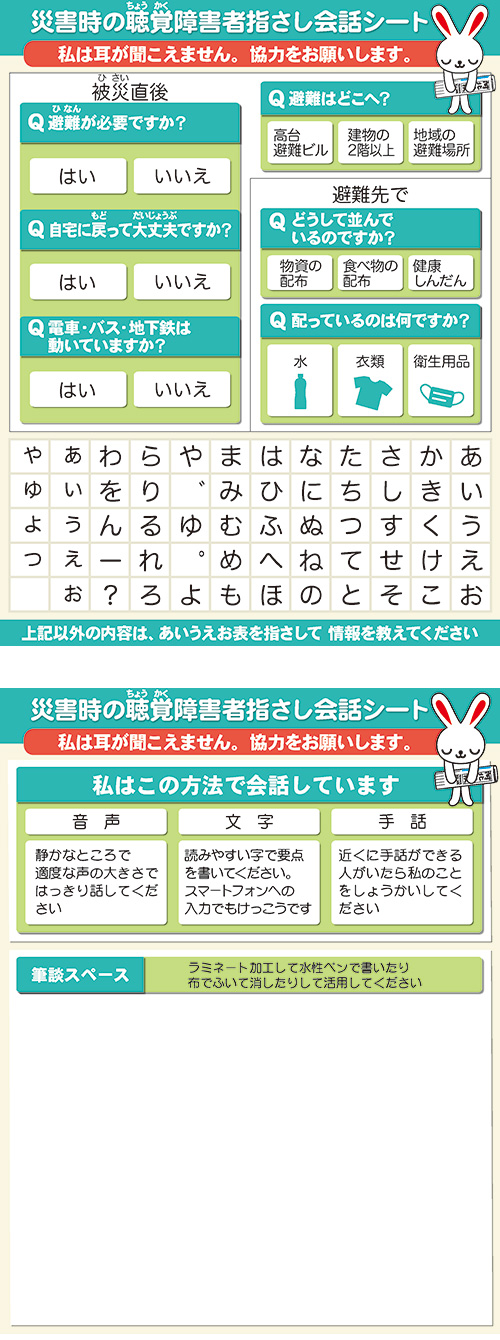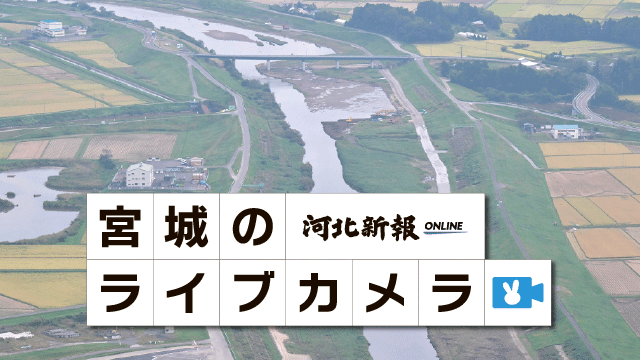Part 5: Pitfalls in Preparation (1) The role of shelters and the spread of misconceptions



During the Great East Japan Earthquake, the facilities and programs originally intended to save lives crippled evacuation procedures, and resulted in numerous tragedies. Why were these safety precautions poorly maintained? Here, we will investigate the pitfalls lurking in the measures for preventing and alleviating disasters. (“Preserve Lives and Communities” Investigation team)
◎The cost of simple assurances
After the main quake, many residents of city of Kamaishi escaped to the Unosumai Disaster Prevention Center, where more than 100 lives fell victim to the tsunami. It was regarded as a safe haven, but the refugees found no sanctuary that day.
“Please make your way to the Disaster Prevention Center!”
Shoko Kakino (43), a care worker in Kamaishi, was in her home when she heard the shouts from outside. She first felt the earthquake at the shopping center in Otsuchi Town, Iwate Prefecture, but immediately drove home, which was near the Disaster Prevention Center. She met up with her father Koki (then 64), and together they reached the center within minutes.
The Disaster Prevention Center was a reinforced two-story concrete building. Opened before the earthquake on February 2010, it was a brand-new facility.
Located in the heart of Unosumai District, the Center sat on low, flat residential area. For a moment, Shoko wondered if it would be fine. “It’s a shelter so it’ll be safe,” her father reassured her, and they entered the facility.
It seemed logical. After the Chile Earthquake and Tsunami on February 28, 2010, Kamaishi City held tsunami evacuation drills on May 23, 2010 and on March 3, 2011 just days before the actual disaster. Many residents had been mustered to the Disaster Prevention Center in the past; Koki had already made the trip three times.
As they climbed the stairs to the second floor, they heard cries from below. ”Hurry up!” People flooded the narrow staircase. Still unaware of the situation, Shoko ran up the stairs as if pushed from behind. Through the window, a bizarre spectacle caught her eye: houses floating away.
In the next moment, the window glass shattered and black water instantly rushed into the building. With a roar, the water soon filled up to the ceiling of the second floor. Caught in the deadly pull of the water, Shoko struggled with all her might to withstand it.
Finally, her foot connected with something. Realizing this, she broke the water surface and was able to breathe. She held on to a floating platform and managed to brace against the second wave of turbid water.
Before long, the water receded. On the floor were 30 centimeters of mud and numerous dead bodies. Those who survived gathered inside the emergency storeroom on the second floor and kept warm under the remaining blankets. Since the town was still submerged in water, the ocean seemed to stretch around them.
Two days later on March 13th, the Self-Defense Force rescued the refugees at the Center. Koki, however, had already passed away.
Originally, the assigned Unosumai “evacuation shelters” were the Joraku Temple and Unosumi Shrine, both of which sit on higher ground near the mountains. After the disaster settled, the Center remained necessary as a “refugee shelter,” explain city officials. “The distinction between ‘refugee shelters’ and ‘evacuation shelters’ became a stress point after the Great East Japan Earthquake,” said Yoshio Miura (67), head of the Committee for Survivor Support. “Disaster training sowed this misguided conception of the Center’s safety in the people.”
In an investigation by the Committee and the city (up-to-date as of April 1, 2013), there were 34 survivors at the Center. The number of deaths and missing persons totaled at least 128 people. By including residents living nearby with a definite chance to evacuate, the estimated number of victims rose to 210.
◎Mislabeling and misinformation
What caused the Unosumai Disaster Prevention Center’s intended prevention plan to derail? The answer lies within the timeline of events that led to establishing the shelter’s poor location as well as promoting its role as a crisis base.
In 2007, The Kamaishi City Hospital, which operated in the central of the city, was shuttered and integrated with the Iwate Prefectural Kamaishi Hospital. The prefectural hospital is located in the west of the city. On the other hand, Unosumai is in the northeast. Concern spread amongst residents of the area, who believed “emergency services were moving far away.”
In response to its citizens’ demands, the city began to look for a complete solution to its emergency system. Deteriorating city properties were rebuilt. An additional facility was added to the Kamaishi Fire Department’s Unosumai Station, and it was named the “Unosumai Disaster Prevention Center.”
The second-floor hall was christened the “Refuge Room.” Furnished with a large-capacity kitchen and emergency stores, it boasted rather comprehensive features for disaster readiness.
Shoko Kakino, who narrowly escaped death at the Center, expressed how safe she felt there. It had toilets and insulated the refugees from the cold. Many people gathered in the Center, and she was able to feel relieved. “I had a feeling that it was better there than if I had escaped to the cold mountains near Joraku Temple. Sometimes, convenience comes with strange expectations.”
Compared to the Center, the Joraku Temple and the Unosumi Shrine had seen their significance as the original evacuation shelters diminished. According to residents, when the neighborhood association first began evacuation training, it found that only a few people participated. A large portion of the regional population is elderly. For them, the distance to the Joraku Temple and the Unosumi Shrine made each trip arduous.
In order to increase the participants, the neighborhood association offered to the city making the Disaster Prevention Center into a “temporary refuge shelter.” The city admitted it on condition that the residents to evacuate the Unosumi Shrine or the hill behind the Joraku Temple during the tsunami.
The fact that the Center was only a “temporary evacuation shelter” was not widely publicized to residents. Acknowledging the lack of dialogue about emergency procedures, the city stated, “Since residents were evacuated to the Center during the Chile Earthquake and Tsunami, knowing the true role of the Center and how to access proper evacuation sites should have been made clear.”
But there are residents who were saved by habit. Yoko Kobayashi (75) is a homemaker of Kitakami City. At the time of the Great Earthquake, She lived near the Joraku Temple.When she felt the tremors, she was in the Center. She waited for the shaking stopped, and moved in the opposite direction of the incoming horde and headed towards the temple.
In the Unosumai area, a group was established to decide on a location for an evacuation shelter. This group, which Kobayashi was a member of, continued to support the Joraku Temple despite the opening of the Disaster Prevention Center. In total, the 60 evacuees reached the temple and avoided hardships others experienced.
“It was only the Joraku Temple that I recognized to be a refuge.” she said. “During an earthquake, it’s such a tense situation you can’t afford to stop and think. That’s why it’s important to be conscious of safe evacuation routes in calmer times. That’s what I believe.”
The city’s decision to build in a low-lying area and give the reassuring label “Disaster Prevention Center” proved to be a blunder. Tokumi Saito, professor emeritus of Iwate Univercity and chairman of the Investigations Committee, points out that, “In regards to the city’s crisis management system at the time, there is suspicion that the functions were ineffective. There was a substantial communication gap between the administration and its people.” A survey committee will be putting together a proposal for crisis prevention measures this summer.
Translated by Margaret Ngo
April 29, 2013(Mon.)
[Japanese] http://www.kahoku.co.jp/special/spe1114/20130430_02.html
 朝刊・夕刊
朝刊・夕刊 記事を探す
記事を探す FAQ
FAQ















